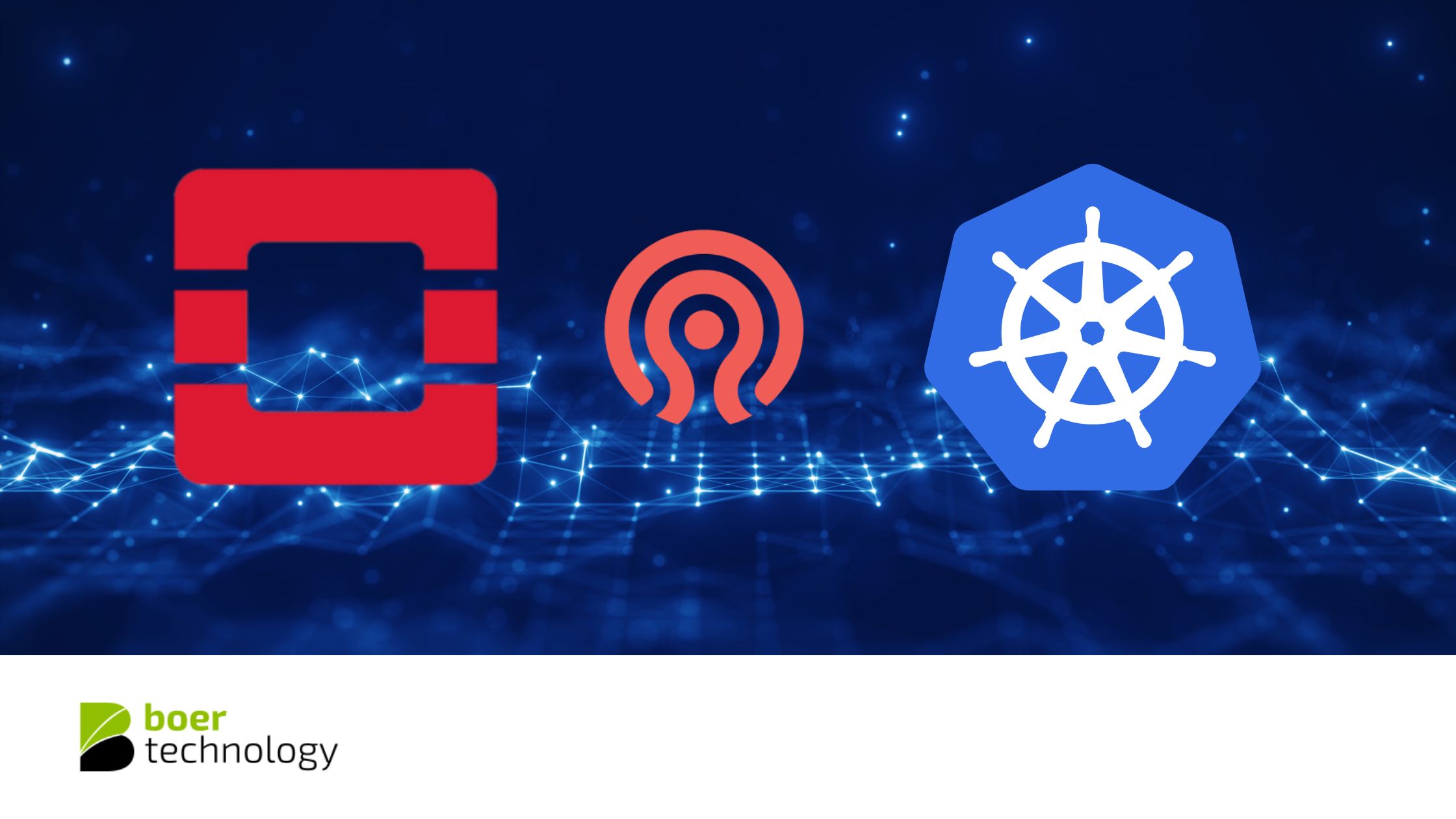Ceph, Kubernetes, and OpenStack: The Core Technologies of Cloud Computing
Cloud computing has become the backbone of modern IT infrastructure, enabling businesses to scale operations, improve efficiency, and provide innovative services. At the heart of this evolution are three foundational technologies—Ceph, Kubernetes, and OpenStack—which empower enterprises to deploy, manage, and scale their cloud environments. These technologies work together to enable the creation of highly available, flexible, and cost-efficient cloud infrastructures.
Ceph: Scalable and Distributed Storage
Ceph is an open-source distributed storage platform that provides a unified solution for block, object, and file storage. One of the core challenges in cloud computing is managing vast amounts of data efficiently while ensuring high availability, scalability, and fault tolerance. Ceph solves these issues by employing a distributed architecture, where data is automatically replicated across multiple nodes in a cluster. This ensures that even if a node fails, the data remains accessible, making Ceph highly fault-tolerant.
Ceph's architecture is based on three key components:
- Ceph OSDs (Object Storage Daemons): These are responsible for storing data and managing replication, recovery, and rebalancing.
- Ceph Monitors (MONs): They maintain a map of the cluster and ensure data consistency.
- Ceph Managers (MGRs): They provide monitoring, reporting, and management interfaces.
Ceph's ability to scale horizontally means that as data storage needs grow, additional hardware can be added without significant disruption. This makes Ceph a popular choice for private cloud environments, particularly those built on OpenStack. Its flexibility also supports various storage use cases, from block storage for virtual machines to object storage for cloud-native applications.
Kubernetes: Container Orchestration at Scale
Kubernetes, often referred to as K8s, is an open-source platform for automating the deployment, scaling, and management of containerized applications. Containers have become the standard for developing and deploying applications due to their lightweight nature, consistency across environments, and faster startup times compared to traditional virtual machines. Kubernetes addresses the challenge of managing large numbers of containers at scale, providing the tools necessary to efficiently orchestrate container workloads.
At its core, Kubernetes automates critical tasks such as:
- Container scheduling: Kubernetes decides where and when to run containers, ensuring efficient use of resources.
- Scaling: Kubernetes can automatically scale applications up or down based on demand.
- Load balancing: It distributes network traffic to ensure even load distribution across containers.
- Self-healing: Kubernetes monitors container health and replaces failed containers automatically.
Kubernetes integrates with other tools to provide a robust cloud-native application environment. It works seamlessly with container runtimes like Docker and container storage solutions such as Ceph. With Kubernetes, organizations can build resilient, scalable, and highly available applications that can run on a variety of infrastructures, from on-premise data centers to public clouds.
OpenStack: The Private Cloud Enabler
OpenStack is a comprehensive open-source cloud computing platform that enables the creation and management of private and hybrid clouds. It provides a set of software tools that allow organizations to deploy and control a cloud environment, encompassing everything from computing and storage to networking and security. OpenStack is modular in nature, with different components responsible for various cloud services, including:
- Nova: Manages compute instances (virtual machines).
- Cinder: Provides block storage management.
- Neutron: Manages networking resources and services.
- Swift: Object storage system (often used with Ceph).
- Horizon: Web-based dashboard for managing cloud resources.
OpenStack is designed to be highly extensible, allowing organizations to integrate various tools and services to meet their specific cloud needs. It is particularly well-suited for enterprises seeking to build private clouds or hybrid cloud infrastructures, where control over resources, security, and compliance are paramount.
When combined with Ceph for storage and Kubernetes for container orchestration, OpenStack forms the foundation of a powerful and flexible private cloud platform. Organizations can leverage OpenStack’s infrastructure-as-a-service (IaaS) capabilities alongside Kubernetes’ container management and Ceph’s distributed storage to build a modern, cloud-native environment.
Conclusion
Together, Ceph, Kubernetes, and OpenStack are core technologies that enable the realization of modern cloud computing. Ceph offers highly scalable and resilient storage, Kubernetes provides robust container orchestration, and OpenStack delivers the tools necessary to create and manage private and hybrid clouds. As enterprises continue to embrace cloud-first strategies, these technologies will play a pivotal role in shaping the future of cloud infrastructure, offering flexibility, efficiency, and scalability. By leveraging the power of Ceph, Kubernetes, and OpenStack, businesses can ensure they remain competitive in an increasingly digital world.

